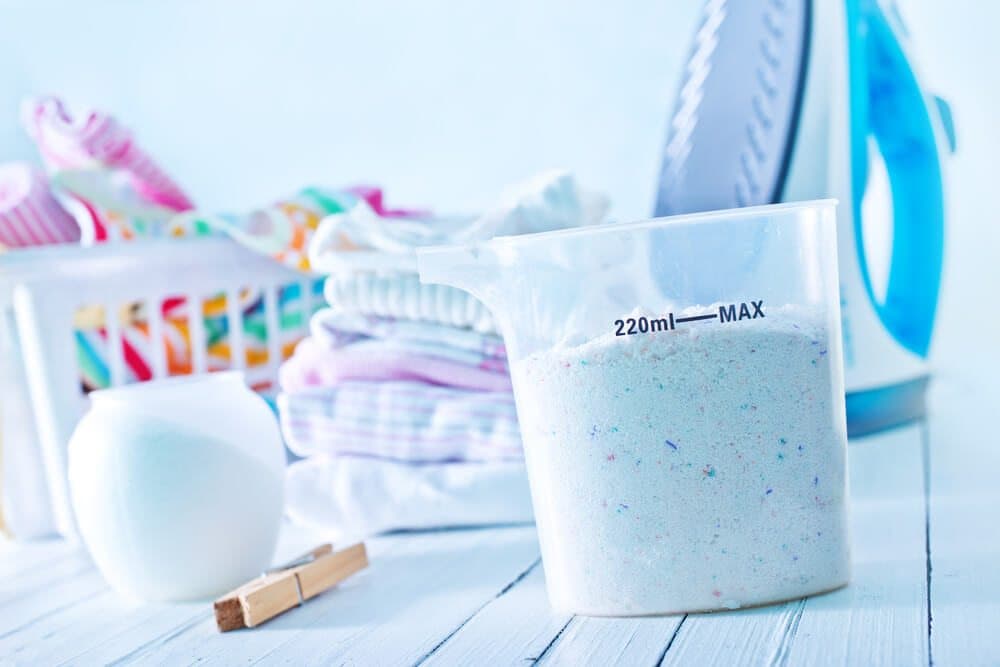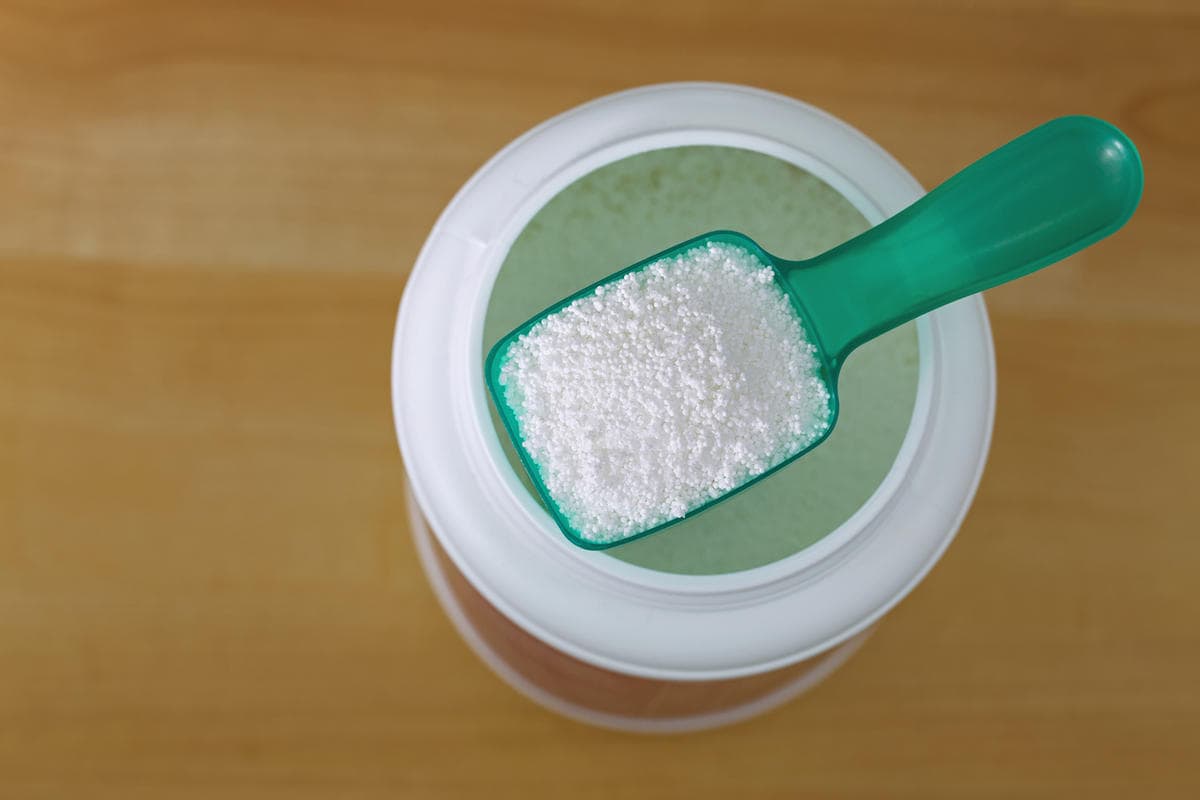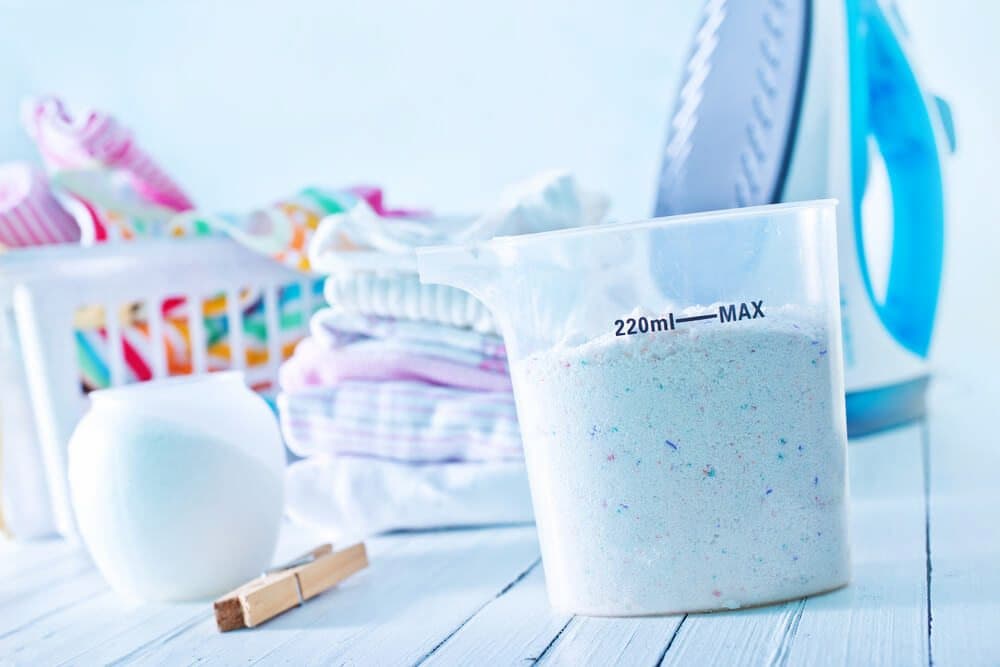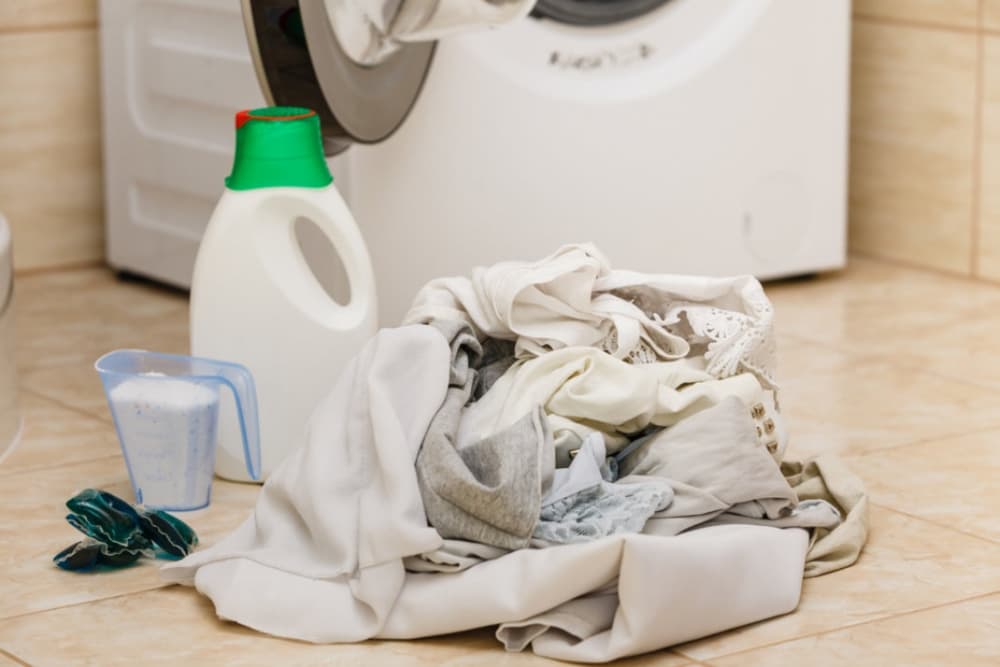Buy and Price of Homemade bleach cleaner spray
In today’s world, many household keepers use useful DIYs to make their own homemade bleach cleaner in order to lower overall costs
We all want our homes to be as safe and healthy as possible, so we have to clean some surfaces to get rid of microorganisms that could be harmful
When used correctly, sodium hypochlorite, which is also called chlorine bleach, is a good disinfectant that kills the proteins in bacteria, fungi, and viruses
In addition to buying bleach-based disinfectant sprays, you can make your own DIY disinfectant spray to use on most hard, non-porous surfaces
When should I use a spray that kills germs? When someone in your family is sick or if someone’s immune system is weak, it’s important to use a disinfectant spray every so often
Use the spray before and after making food in the kitchen, especially when working with fresh meats or vegetables
Before You Get GoingIf bleach is left out in the sun or in very hot or cold weather, it breaks down
But the bottle will lose its power six to twelve months after it is bought, even if it hasn’t been opened
Like water, the chemical ions break down into hydrogen and oxygen, so they won’t hurt you
To put it simply, cleaning clothes or surfaces won’t work as well
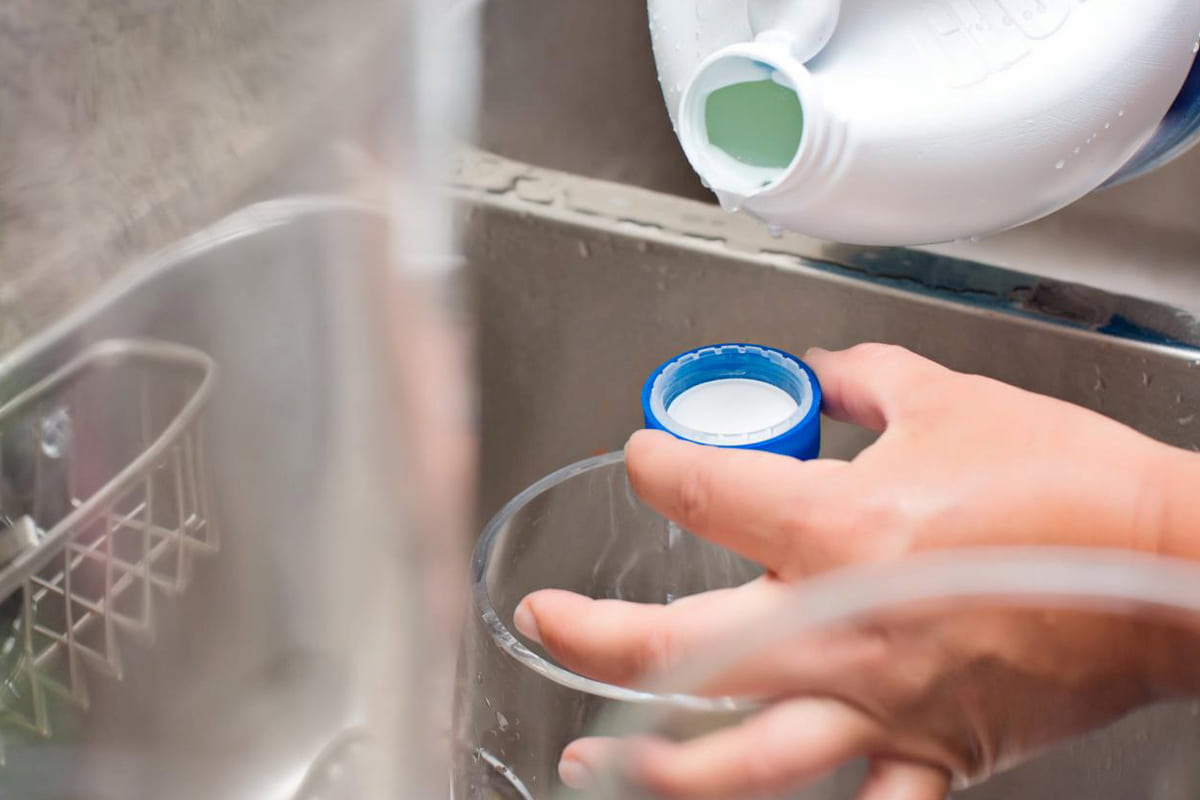
There are different strengths of chlorine bleach recipes
For the product to work as a disinfectant, the amount of sodium hypochlorite in it must be between 5
25% and 6
15%
Check the bottle and the label to see when it was made
After a year, whether the bleach bottle is open or not, it should be thrown away
Even though chlorine bleach is a fairly common household item, it can make dangerous, poisonous fumes that can explode if it is mixed with certain things in the wrong way
To keep yourself and your family safe, don’t mix bleach with any of the following:
Vinegar
Ammonia
rubbing alcohol on
acetone and other solvents
Besides lemon juice, there are many other acids
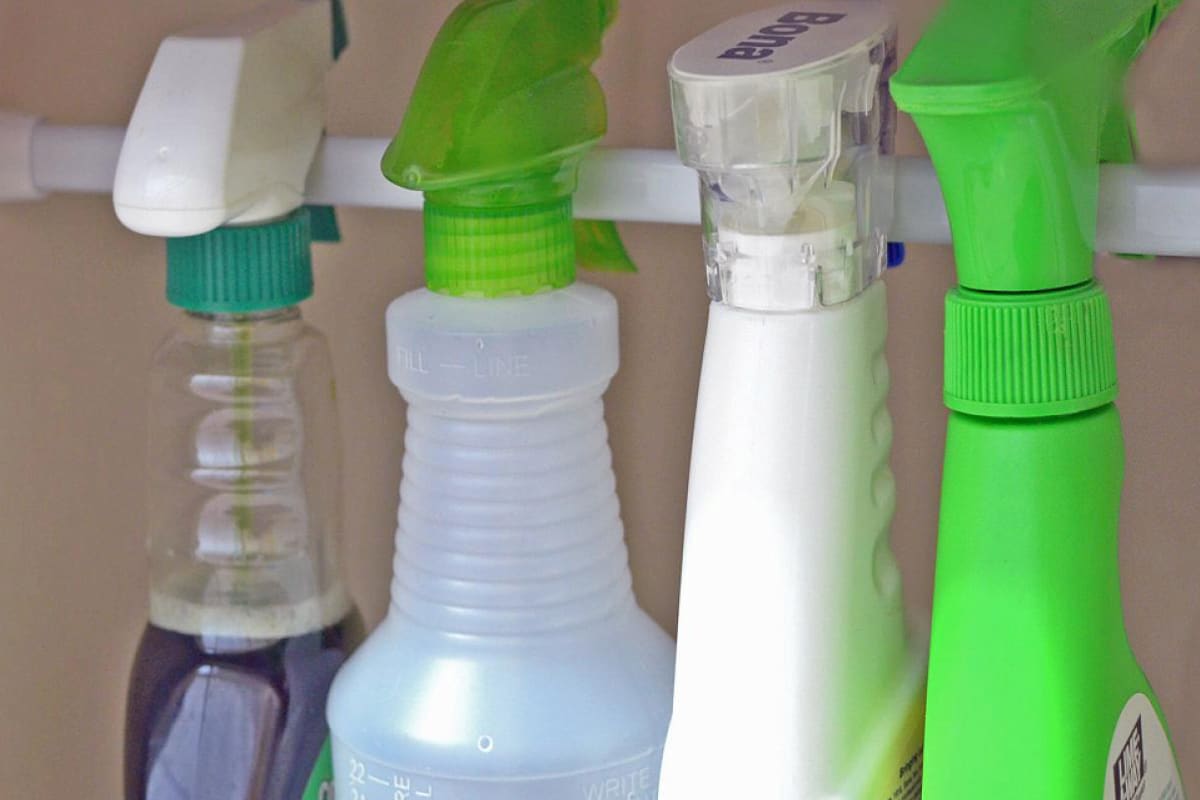
Make sure to keep cleaning products, especially bleach, away from small children and animals
Get the things you need to make your own bleach cleaner
Before you start making the disinfectant spray, get everything together so you can work quickly
Wear old clothes and gloves to protect yourself when you use bleach
Use the right ratio of dilutionFor a disinfectant spray to work, you need to use the right amount of water
For everyday cleaning, you should mix two cups of water and two tablespoons of bleach
If someone is sick or you want to get rid of mold or mildew, you should only use 1
5 cups of water and 2 tablespoons of chlorine bleach
Mix things together
In a 16-ounce container that can’t be seen through, you should mix water and chlorine bleach
The bottle should be closed, labeled, and shaken gently to mix
If you spill bleach that hasn’t been mixed with water and it gets on your skin or nearby surfaces, you should wash it off right away
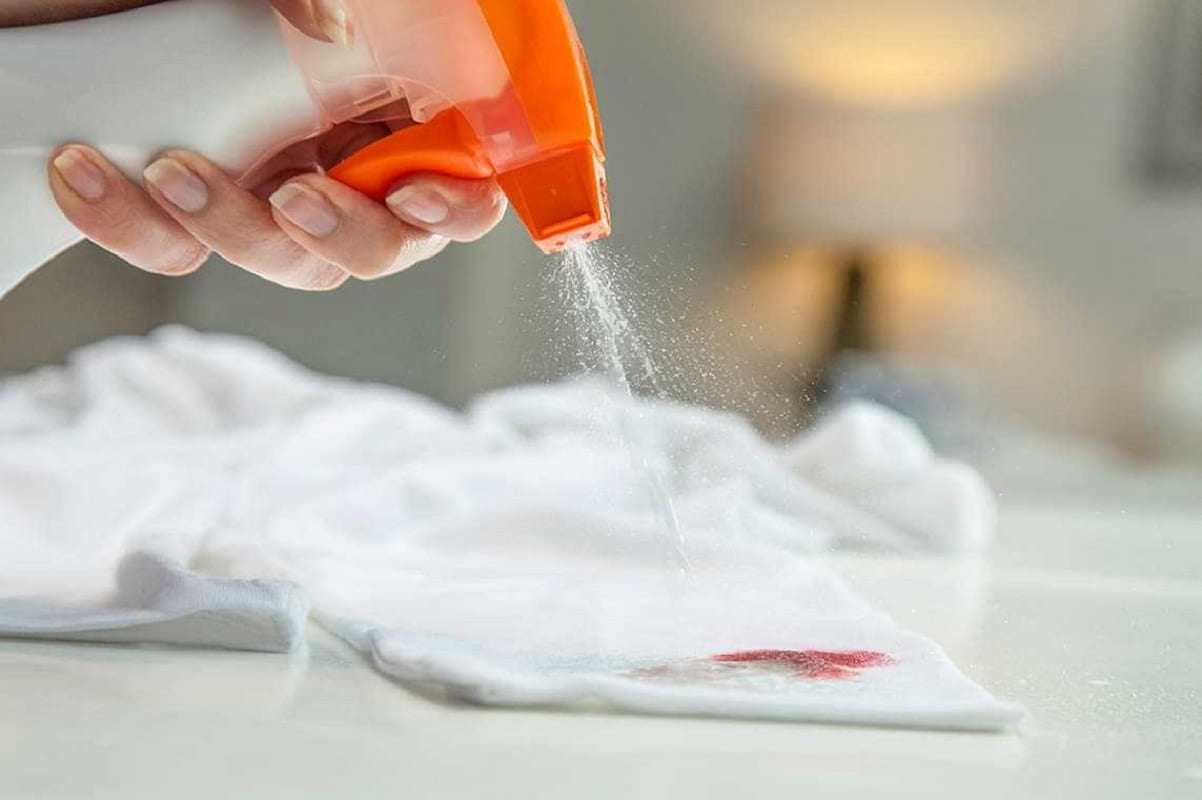
Don’t make more bottles of cleaner until you need them unless you need to clean a very large area right away
You should try to make a new combination every time you clean
Any cleaning supplies that aren’t being used should be kept in a dark, warm cabinet
Use the cleaner the right way
Use enough disinfectant cleaner to cover the area for at least six minutes if you want to kill all the germs
After getting rid of any loose dirt or debris on the surface, spray the cleaner on it
After six minutes, rinse the surface with a damp sponge or cleaning cloth
When it comes to rinsing, you need to pay extra attention to surfaces that are used to prepare food or that will be touched with bare hands
You can safely use your homemade disinfectant cleaner here
Your homemade disinfectant can be used to clean most hard surfaces that don’t have pores, like laminate countertops, ceramic tile, bathroom fixtures, and vinyl flooring
Because chlorine bleach is corrosive, you shouldn’t use it on marble, steel that isn’t stainless, aluminum, silver, copper, or enamel that has chips in it
Bleach-based cleaners should not be used on electronics, porous surfaces like wood, or soft surfaces like furniture or carpet
The best bleach to use to make your own disinfectant spray is regular 5%–6% bleach that doesn’t have a scent
Because scented bleaches have less sodium hypochlorite, which is the active ingredient, they are not recognized as disinfectants
When you quickly look at the labels on Clorox products, you can see that the scented bleaches have 2
75 percent sodium hypochlorite
6% of the Regular Clorox Bleach that doesn’t have a scent is sodium hypochlorite
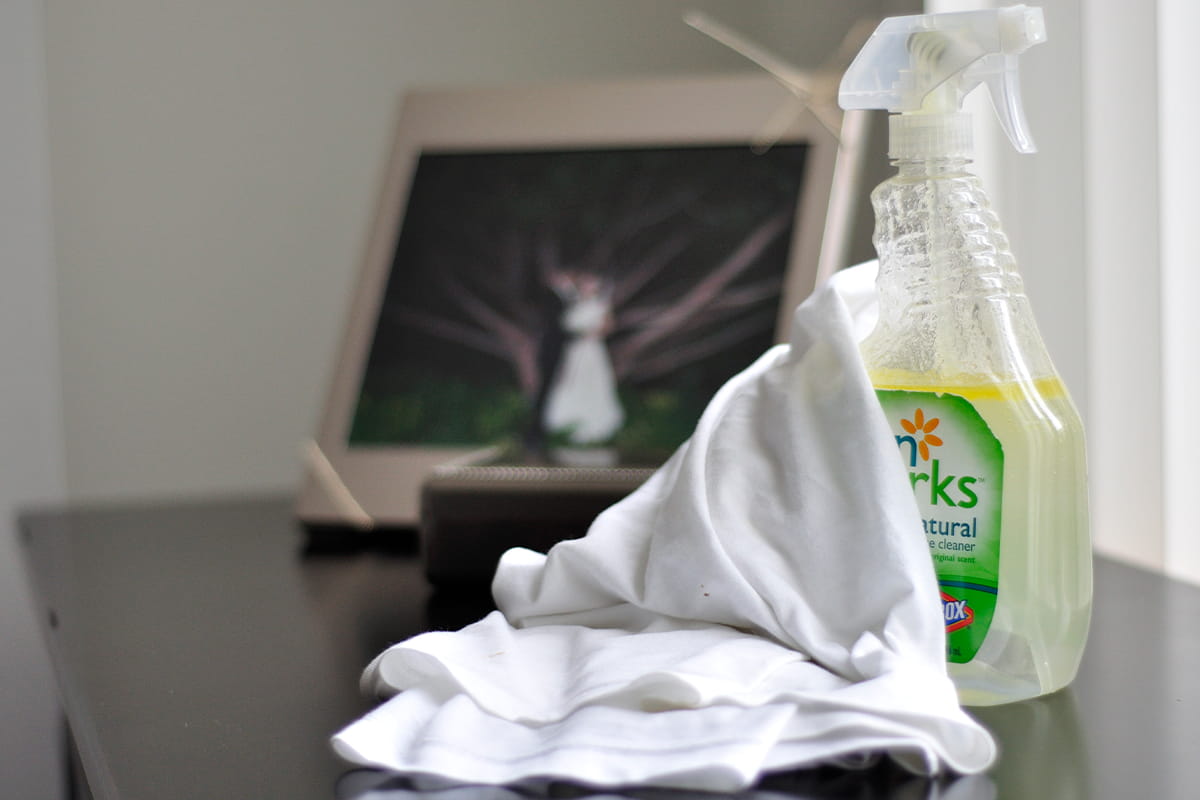
How long is homemade bleach-based disinfection spray effective?Use the spray you made with bleach to kill germs within a day of making it
Undiluted home bleach has a shelf life of six months to one year after the date it was made
Diluted bleach solutions can be kept for 24 hours
After 24 hours, the sodium hypochlorite starts to break down, and the solution stops working
What area should you refrain from disinfecting with bleach?Before making a DIY disinfectant spray with bleach, you should know that bleach is poisonous and may damage some surfaces
Also, this is why it’s important to water down bleach instead of using it at full strength
Bleach can’t kill bacteria and germs on wood surfaces because they are too porous
Bleach and bleach solutions can’t be used on wood
Bleach shouldn’t be used to clean most metals, like stainless steel, where it could damage the finish, or granite, where it could also damage the surface
Get in touch with us if you’d like more information about how our business can meet the requirements of your market for any amount or kind of bleach or detergent, and we would be happy to provide it

